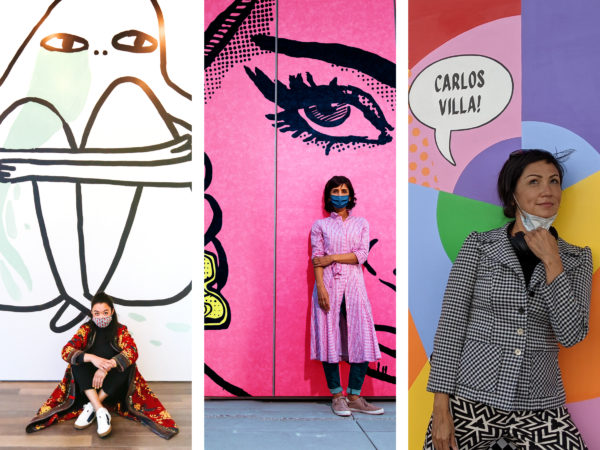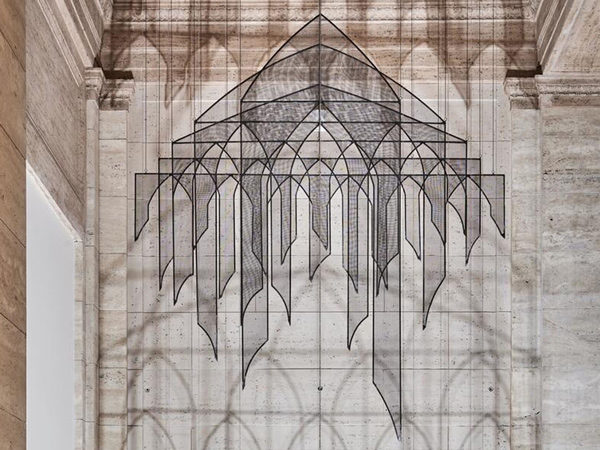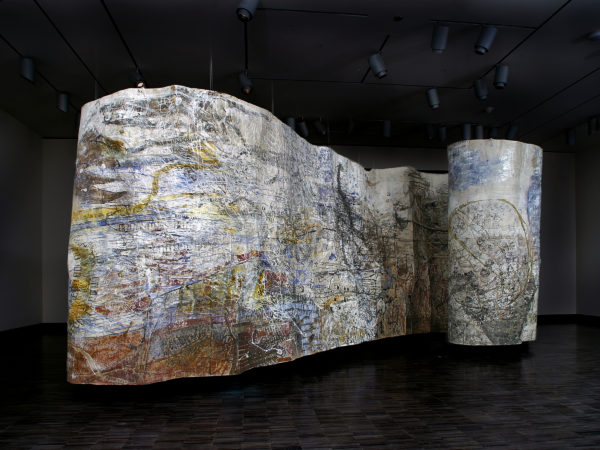Activity
Ewer with lid, approx. 1050-1125

Ewer with lid, approx. 1050-1125
This pouring vessel, which would have sat inside a bowl, was probably used in Buddhist rituals, as it contains a cover in the form of a lotus, a Buddhist symbol of purity. Celadons reached a peak of production in the early 1100s, just before the Mongol invasions. They were greatly admired by the Goryeo aristocracy and various accounts by contemporary Chinese visitors to Korea also mentioned them as equal to or better than similar wares produced in China. Goryeo celadons continue to attract collectors today, and are among the most sought-after works of Korean art.
The particular attraction of Goryeo celadons lies in its elegant forms and uniquely colored glazes, typically greenish-blue. This piece has been modeled on a metallic form, as we can see from the straight shoulder of the vessel and the flat handle. The greenish- blue color suggests the color of jade, a color that also inspired Chinese wares that were making their way into Korea. It seems likely that Korean potters working in the southwest area of Cholla province were influenced by these Chinese wares, and made efforts to surpass them. The unique color was obtained by experimenting with the right combination of iron in the glaze, high kiln temperatures and reducing the oxygen in the kiln during the firing process. The final result is a light, almost transparent glaze that pools in some places and allows the body of the vessel to show through in others.







